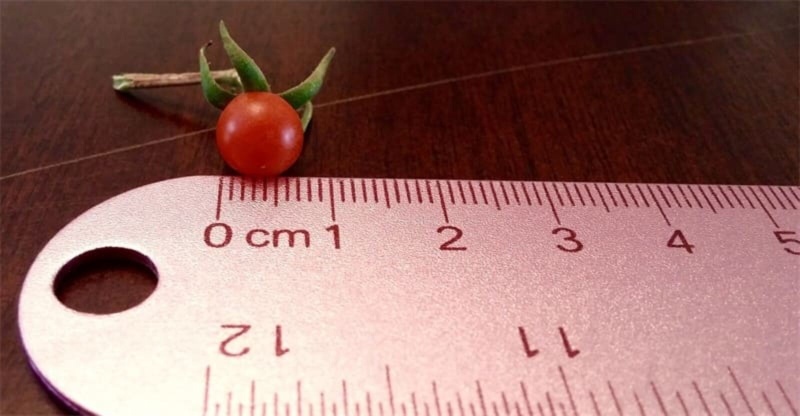Is 6 Inches Small? How Long Is It Compared to Objects?
Have you ever asked yourself, “Is 6 inches small“? Size is subjective and depends on context. In this article, we will compare 6 inches to various objects to understand their magnitude.
Size perception varies. What may be small for one object may be large for another. Exploring how 6 inches relates to everyday items is a better way to understand its significance. Whether you’re curious about the size of 6 inches or enjoy exploring dimensions, keep reading to discover its true length.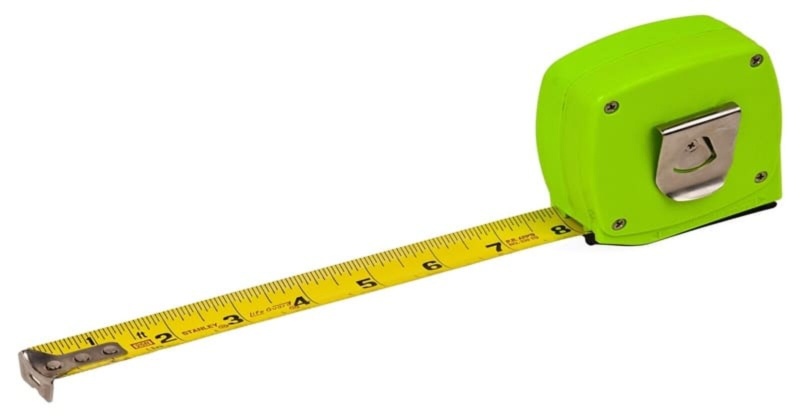
Understanding Measurements
Different units of measurement play a role in measuring size. The common units used to express length include centimeters, inches, and millimeters.
The United States, UK, and Canada commonly use the inch. It equals roughly 2.54 cm or 25.4 mm. Understanding these unit conversions enables comparisons across different measurement systems.
Defining 6 Inches
When referring to 6 inches, it’s a length that spans six units. For perspective, think of the width of a standard ruler. Or, imagine the distance between the tips of your thumb and pinky finger when the hand is spread out. This is roughly the length of 6 inches.
To give a relatable example, think of a smartphone screen with a diagonal length of approximately 6 inches. Hold your phone in your hand and visualize the distance. This visual exercise gives a tangible idea of what 6 inches is.
After understanding the fundamentals of measurements and the significance of context, let’s compare 6 inches to various objects.
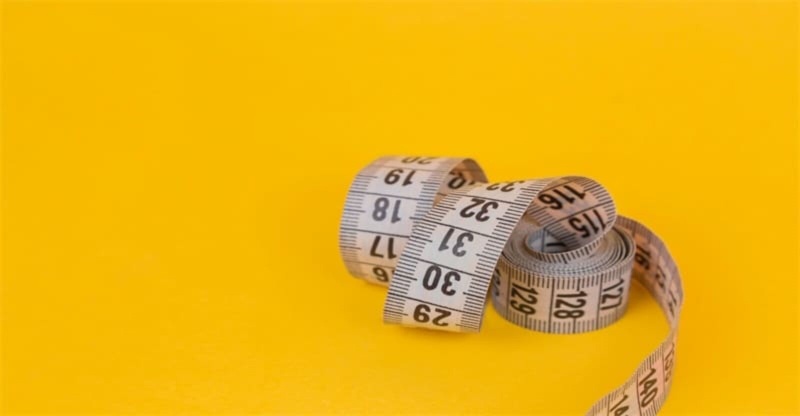
Comparing 6 Inches to Everyday Objects
Let’s do it in three categories. Each one should be able to provide a clear idea of the approximate size of 6 inches.
Common Household Items
When comparing 6 inches to everyday household items, note that this measure can be considered somewhat small, as seen with the following items:
- Pencils: They measure around 7.5 inches, making 6 inches noticeably shorter.
- Smartphone: Screen sizes range from 5 to 6.5 inches. Thus, 6 inches is on the smaller side.
- Soda Cans: They’re around 4.8 inches in height, making 6 inches over an inch taller.
- Knife: Generally 8-9 inches long, making 6 inches shorter.
- Spoon: Usually about 5-6 inches, so 6 inches is slightly longer.
- Fork: Typically around 7.5 inches long, making 6 inches shorter.
- TV remote control: Often around 5-6 inches long, so 6 inches is similar in size.
- Toothbrush: Measures around 6-7 inches, so 6 inches is on par with the average size.
- Ruler: Usually 12 inches long, making 6 inches half its size.
- Scissors: They tend to measure around 6-8 inches, so 6 inches is in the middle of this range.
- Two Hockey Pucks: About the size of two hockey pucks laid side by side.
- US Dollar Note: Similar in length to a US dollar note, just slightly longer.
- Two Debit Cards: 6 inches is similar to two debit cards put together.
- Two Baseballs: About the same length as two baseballs positioned next to each other.

Natural Elements
Moving beyond comparisons to objects, let’s evaluate the size of 6 inches by looking at its relation to natural elements.
A standard-sized banana measures around 6 inches. Holding a banana in your hand feels substantial and satisfying to eat. It’s a tangible example of how 6 inches can be when comparing it to natural objects.
In addition, imagine a small plant growing in your garden. As it grows to a height of 6 inches, it begins to emerge and display its presence. This height allows the plant to absorb sunlight and nutrients. Thus, facilitate its growth and development. From this perspective, 6 inches is seen as a significant measurement when referring to the natural world.
Body Parts
Comparing 6 inches to various parts of our bodies is another effective way to gauge its size. Our bodies serve as a relatable reference point that can help us comprehend the length.
Let’s look at our hand’s width. Typically, from the bottom of our palm to our pinky tip is about 6 inches. Spread your hand; see that 6 inches is quite a big part of it. Therefore, 6 inches isn’t trivial or too tiny, especially compared to our bodies’ size.
Think about other body parts’ lengths, like an adult’s foot or forearm. Here also, 6 inches is a notable distance. These body parts are key for daily activity, so it shows 6 inches is relevant.
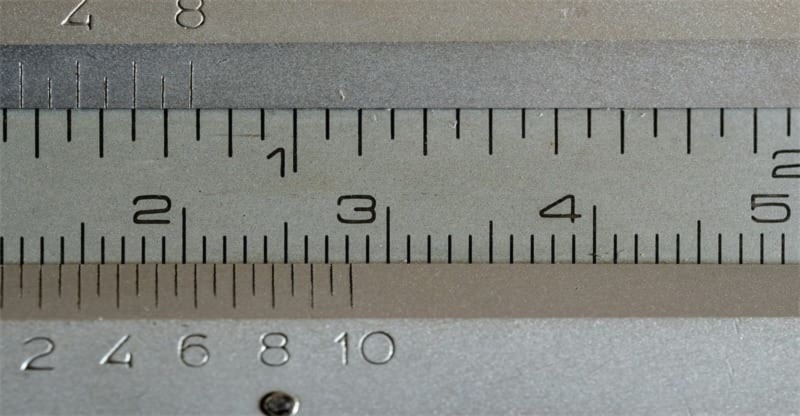
Cultural and Individual Factors in Perceptions of Size
When measuring size, we must consider the cultural and individual factors that can influence our perceptions. Different cultures and individuals may perceive size differently, with some considering something small or large while others hold a different view. For instance:
- In cultures that prefer grandiose or ostentatious displays of wealth and power, they may not view a 6-inch object or measurement as impressive.
- Cultures that value simplicity, minimalism, or subtlety value smaller sizes over larger or more elaborate ones. In them, 6 inches is preferred.
- In certain food cultures, people might consider a 6-inch sub sandwich a manageable or reasonable portion size, while they may find a 6-inch fruit or vegetable too small or insufficient.
In addition to cultural factors, individual experiences and preferences also contribute to our perception of size. Personal experiences shape our understanding of size, meaning something can be seen as small to one person but not to another.
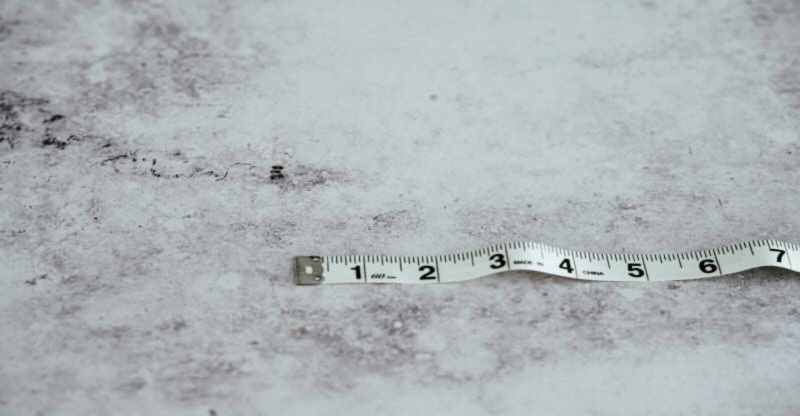
Practical Applications
Is 6-inch small for different scenarios and purposes? Let’s take a look!
- Cooking
In the kitchen, a 6-inch tool often does a good job. Whether chopping veggies, fileting fish, or slicing bread, a 6-inch knife works just fine. The trick? Pick the right tool, not the biggest.
- DIY Projects
For DIY tasks, a 6-inch ruler or tape measure usually does the trick. Measuring, cutting, drilling — it’s all about precision, not size. It’s clear — skill trumps size every time.
- Coitus
Is 6 inches a good size for sex? In sexual experiences, size is subjective and varies among individuals, and research on 67 women shows varied answers. While some may prefer a larger size, many people find that 6 inches is more than enough to provide pleasure and satisfaction. Communication, intimacy, and other factors also play crucial roles in sexual experiences, not solely relying on size.
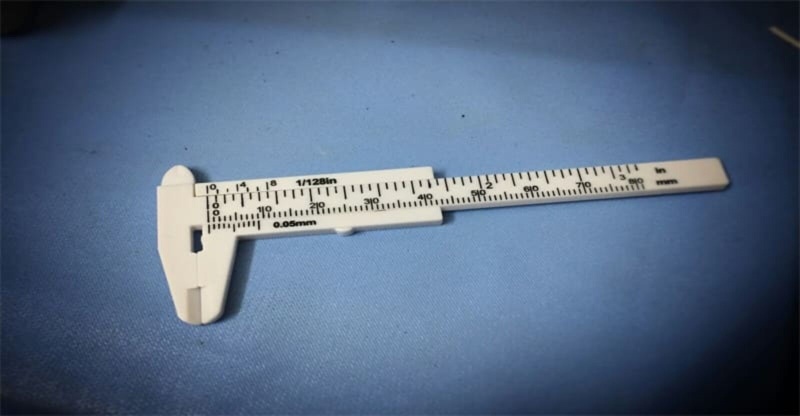
Bottom Line
So, is 6 inches small? Throughout this article, we have compared the length of 6 inches to various objects and contexts. The findings demonstrate whether this measurement is considered small depends on the specific objects being compared. When juxtaposed with larger items like laptops or TVs, 6 inches may appear smaller in comparison. However, 6 inches is quite substantial compared to smartphones or pencils.
This shows that the perception of size is subjective and relative. What may appear small to one person might be considered large to another. Rather than hastily dismissing 6 inches as small, it is more fruitful to consider its versatility and relative size.
Reflecting on personal experiences, there have been instances where 6 inches have proven to be more significant than initially perceived. The smallness of 6 inches ultimately depends on the context and the objects involved in the comparison. Instead of focusing solely on size, I encourage you to consider the practicality and versatility that 6 inches can offer.

